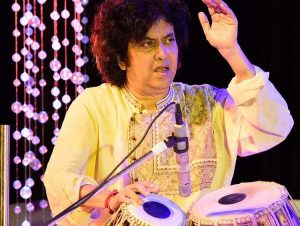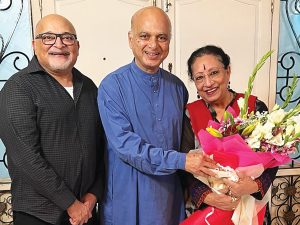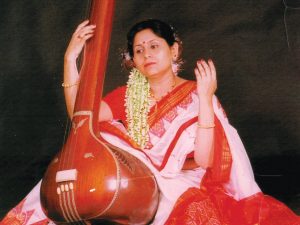
Two Torchbearers of Raag Music in Concert
By MOHAMED KHAKI
In his online article, The scientific mystery of why humans love music, Brian Reznick writes, “From an evolutionary perspective, it makes no sense whatsoever that music makes us feel emotions”.
He adds, “It’s a question that has puzzled scientists for decades: Why does something as abstract as music provoke such consistent emotions?”
Bhava and rasa, loosely described as expression and emotion, are foundational elements of raag sangeet. Gurus speak of nine rasas: Karuna (pathos), Shringar (love, joy), Vira (valour), Hasya (laughter), Raudra (anger), Bhayanaka (fear), Vibhatsa (disgust), Adbhuta (surprise) and Shanti (peace).
One could say that these elements apply to all forms and genres of music (or, for that matter, any art form). Yes, they do, but not to the extent that they do in Indian classical music, where there are raags specific to the times of the day or night, or raags that are sung only during certain seasons – spring raags like Basant, Bahar and Hindol and raags for the monsoon season. The writer/singer Meena Banerjee mentions that there are 18 different raags of the rainy season.
“The two vocalists we are featuring in our September concert, Bhuvanesh Komkali and Rachna Bodas, are masterful in their ability to evoke deep emotional response from listeners,” says Raag-Mala Toronto’s Nishant Parekh. “Both have trained under great musicians.”
Bhuvanesh is from the city of Dewas and the grandson of the legendary Pandit Kumar Gandharva, and son of Mukul Shivputra. His formal guidance came from his grandmother, late Vasundhara Komkali, and after her passing, from Pandit Madhup Mudgal; both of whom studied under Kumar ji.
To say that Nishant Parekh is a fan of Kumar Gandharva is a huge understatement. From his childhood in Mumbai, Parekh has been following Kumar ji. He was especially enthralled when Raag-Mala had a recital by Bhuvanesh in 2015.
“The whole team was really struck by how Bhuvanesh has internalized Kumar ji’s style, especially in the singing of his Nirguni Bhajans,” says Parekh. “We were all keen to have him back the next time he was on a tour.”
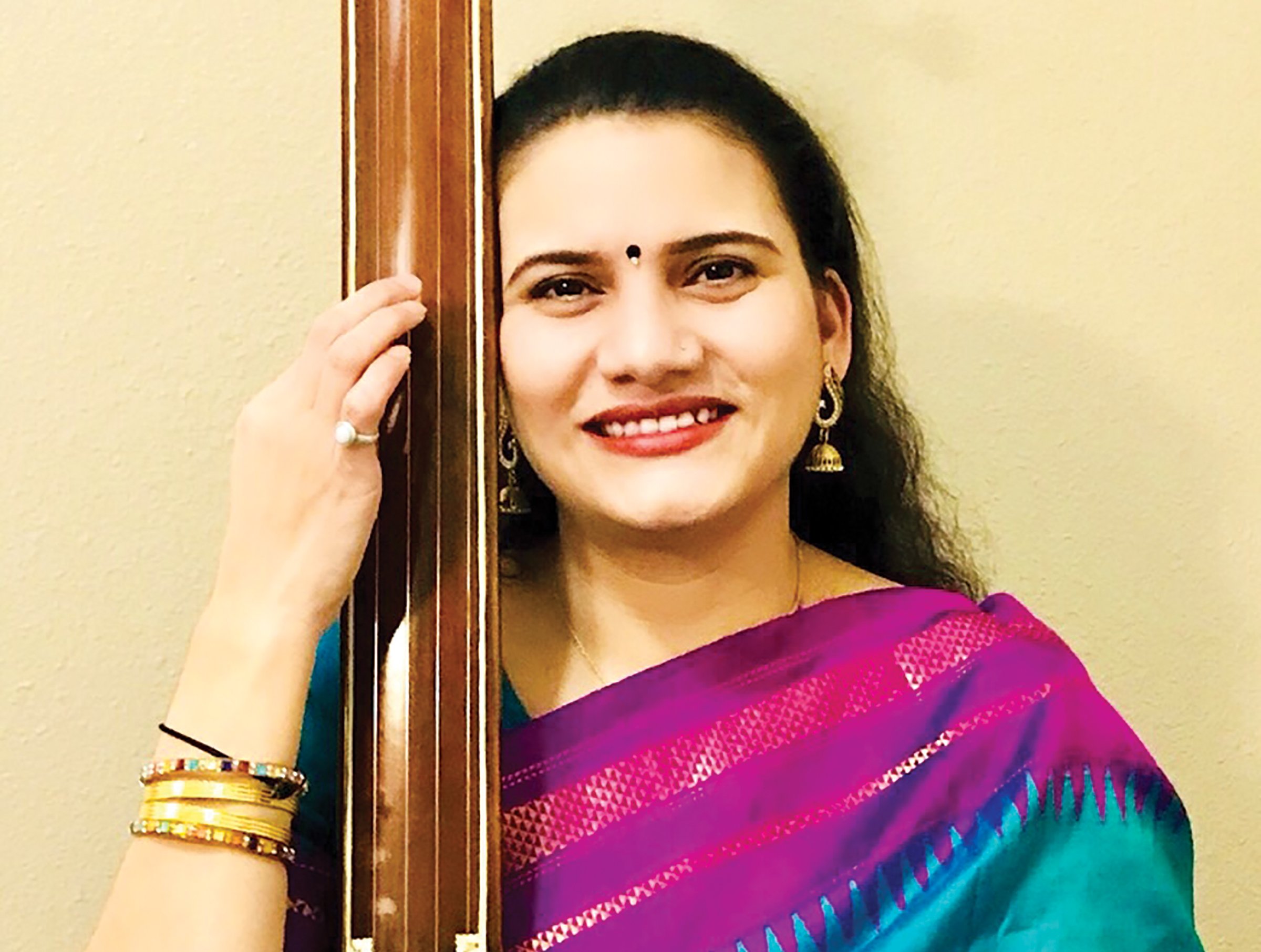
Nirguni bhajans, derived from ‘Nirgun’ or formlessness of the Almighty, are associated with the 15th century Sufi-saint and poet Kabir Das. Kumar ji’s compositions of Nirguni bhajans are immensely popular, and many are sung in his inimitable style. Pandit ji’s style was, ironically, the result of him losing a lung from tuberculosis. He sang in shorts bursts because it was difficult for him to sing for longer stretches.
While he was bedridden for many years in Dewas, Pandit ji also composed new raags Sanjari, Bihad Bhairav, Saheli Todi, Gandhi Malhar and Sohoni Bhatiyar, which are part of the family’s repertoire.
Rachna Bodas, the second artiste at Raag-Mala’s September concert, was also born into a family “where music was always around” (as she describes it). Her father Shri Ravi Shankar Shukla was an accomplished tabla player in Kanpur. Rachna’s musical training started in 1992 under the guidance of Pandit Kashinath Shankar Bodas during which she was introduced to the basics of singing, including singing bhajans. She later learnt Khayal gayaki from Kashinath ji’s sister, the eminent vocalist of the Gwalior gharana, Veena Sahasrabuddhe, whose style is very much evident in Rachna’s singing.
Samidha Joglekar, who is on Raag-Mala’s Board, remembers Rachna personally. After Joglekar finished high school, she spent a summer in India. “I was very fortunate to study under Veenatai for five months, and remember Rachna as being Veenatai’s best student.”
Veena ji’s untimely passing in 2016 at the age of 68 was a tremendous loss for the world of Indian music. Raag sangeet had lost one if its brightest lights. However, we are fortunate that Veena ji was also a great teacher, and many of her students, like Rachna Bodas, have gone on to pursue full time careers in music and sing her compositions.
Rachna has completed Sangeet Visharad from Gandharva Mahavidyala Mandal, holds a Master’s degree in Music and is a graded All India Radio artiste. She currently makes her home in South Texas, where she runs the Swaranjali School of Hindustani Classical Music.
Reznik’s online article also says, “Studies have shown that when we listen to music, our brains release dopamine, which in turn makes us happy. (In one study, researchers) found that dopamine release is strongest when a piece of music reaches an emotional peak and the listener feels “chills” – the spine-tingling sensation of excitement and awe.”
With talented artistes like Bhuvanesh and Rachna, there no doubt that the audience will walk out with elevated dopamine levels!
WHEN AND WHERE
Saturday, September 24, at 7pm. Aga Khan Museum Auditorium, 77 Wynford Drive, Toronto. Tickets: www.agakhanmuseum. org.
• Mohamed Khaki is a Raag-Mala Toronto team member
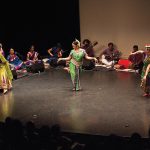 Previous Post
Previous Post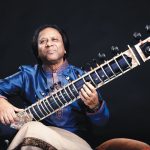 Next Post
Next Post